The people breathing new life into Bangkok's old buildings
While Bangkok gets busy demolishing its historic buildings, these projects show that there are people deciding to put their hopes in them.
Hotel and museum
Since: 1955
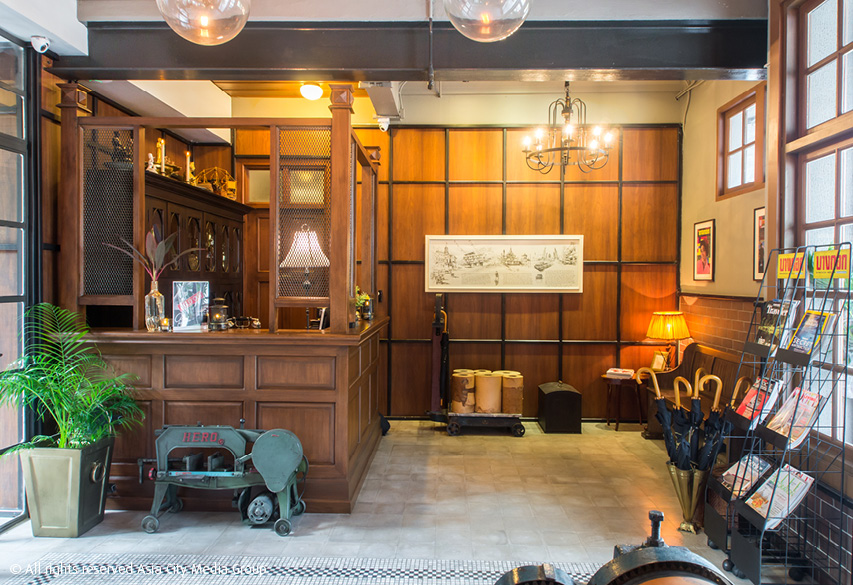
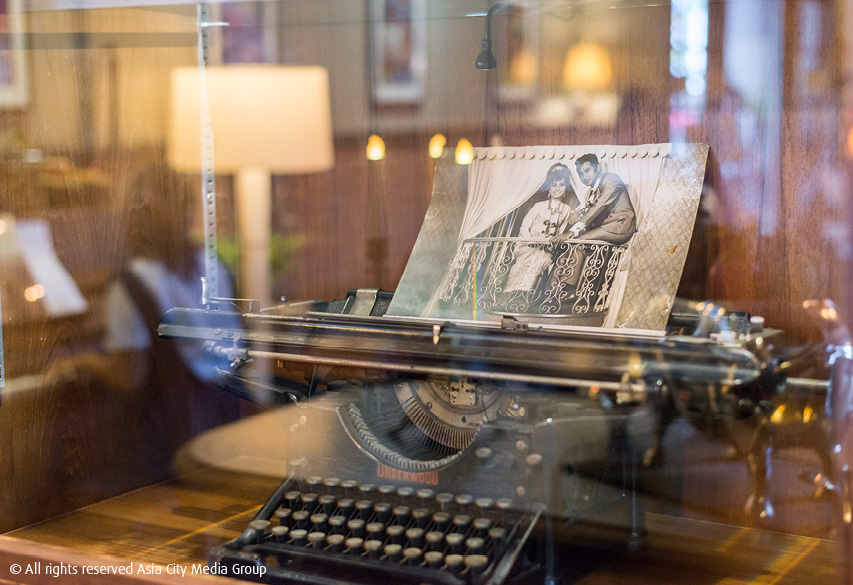
Tucked away in the Old Town, Bangkok Publishing Residence is a museum-slash-hotel that harks back to Thailand’s publishing heyday of the mid-20th century. This six-block shop-house on Lan Luang Road belongs to the Rojamaprapa family, former publishers of Bangkok Magazine, which launched in 1958. After almost two decades as a publishing house, the building briefly served as an office block.
“I’d never been here till six years ago when my grandmother gave me the keys and told me to do something with the building,” says Panida “Oum” Tosnaitada, 36, whose grandfather, Vichit Rojamaprapa, founded Bangkok Publishing. “It was love at first sight.”
Struck not only by the building’s sentimental value, but also its historical importance, Oum originally planned to transform the building into a public museum. “I wanted people to be able to experience the old printing equipment and explore the archives for real. However, being open to the public, I worried the stuff wouldn’t always be treated respectfully.”
Instead, she decided to open Bangkok Publishing Residence, a boutique hotel with only eight rooms, as a way to screen who enters. “I’m not running Bangkok Publishing Residence for money,” she explains. “I don’t set the price that high (rooms are B4,800-7,800), but running this place lets me choose, to an extent, who can experience its soul.”
Oum recruited a team of architects led by Saran Suntornsuk of Habita Architect firm, who spent six years restoring the building to its original charm. Here, amid a setting of dark woods and vintage tiles, guests can get hands-on with old publishing paraphernalia, from printing machines to newspapers dating back half a century. “Around 80 percent of the building is original, whether it’s the old structure, the decorations or the equipment,” Oum says.
Through this restoration, Oum hopes people can get a glimpse of a forgotten Bangkok. “It’s not just about my family history; it’s about conserving the culture of Bangkok,” she says.
Bangkok Publishing Residence, 31-33-35-37-37/1 Lan Luang Rd., 02-282-0288 or 08-1780-6229. No walk-in visits allowed

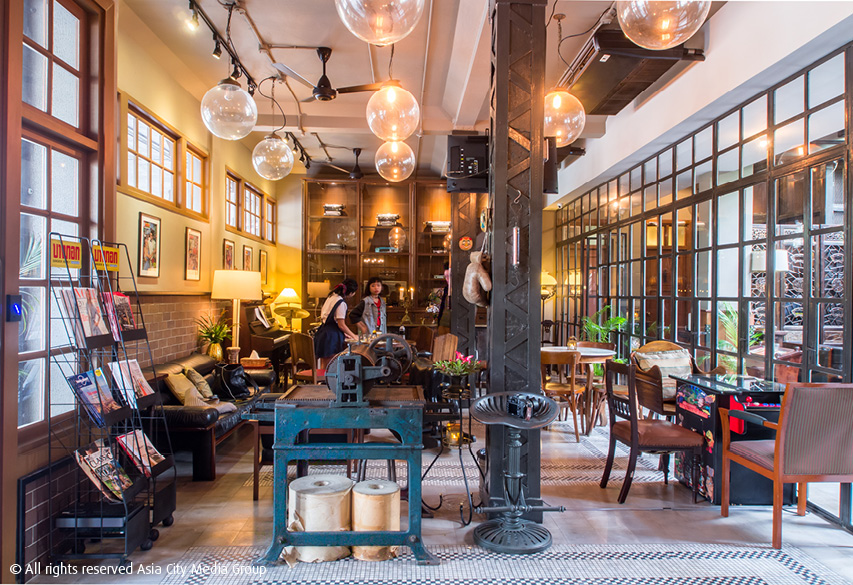
Craft beer bar
Since: 1947

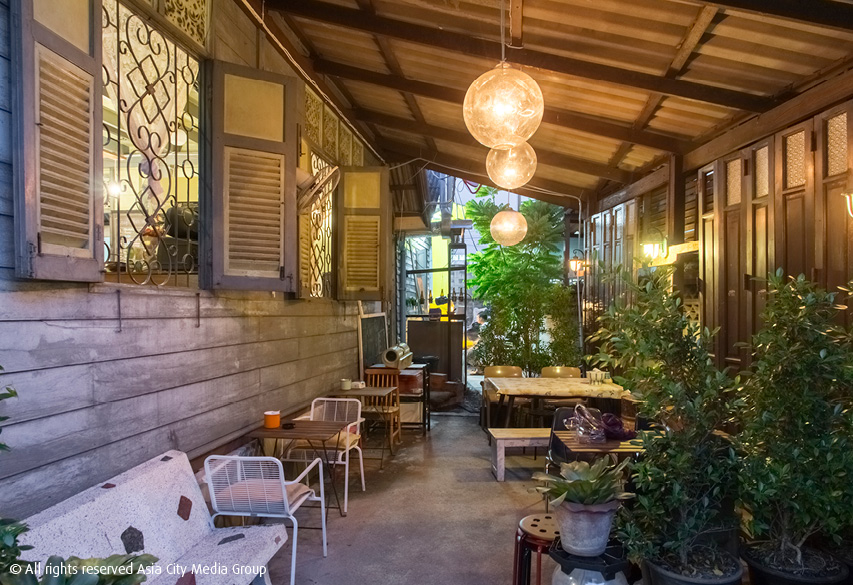
Dok Kaew House Bar is 2017’s most talked about beer bar. Taking over a 70-year-old, teakwood house out the back of residential Ari, it not only boasts arguably the best selection of local craft brews this side of town, but also some excellent Thai food—to go with a few creepy claims of ghosts haunting the premises.
The guys behind the bar—five 30-something entrepreneurs involved in the craft beer and food truck games—say they first came upon the house by a simple Google search, and couldn’t let the opportunity pass. “At the beginning the crew was quite worried because the location is hard to get to,” says Siam “Kai” Mayomhin, one of the partners who also runs Uncle Sam’s Grill and Salad food truck. “We came here quite a few times before we even got to see what’s behind the fence. But once we saw what’s inside, we all just went, ‘Let’s just fucking do it. This is it. This is what we’ve been looking for.’”
They met with the landlord, a descendent of the house’s original owner, and reassured her they would take a hands-off approach to restoration. Pleased, the landlord handed them a three-year lease. Everything from the muted green color palate and walls lined with old-style floral carvings to the distinct lack of air-con is the same as four generations ago.
“We treat this house like it’s our house,” says Kai, who led the restoration process. “This is not an ordinary house. You can’t find this attention to detail anywhere else. All of the decoration is handmade.”
Another partner, Supot “Pot” Onmark, who’s behind Nectar craft brewery, chimes in: “The design of the house tells you a lot about its history. This ‘gingerbread house’ design was brought in during Rama VI’s reign when Westerners arrived and brought their architecture with them. Just look at these carved patterns on the windowsill; they are all slightly different from one another.”
The back-story doesn’t stop there. Pot explains that among the house’s former owners was the abbot of Wat Benchamabophit (also known as “the marble temple”), one of the most revered temples in Bangkok. As for the name, neighbors suggested “Baan Dok Kaew” in reference to the dok kaew (orange jasmine trees) that have stood out front for as long as anyone can remember.
With all this history to draw on, the partners have toyed with the idea of opening the second floor as a museum. “A lot of people have suggested we should turn this house into a museum or an art gallery," Pot says. “But the problem with doing a museum is that visitors wouldn’t really get to chill out and enjoy the place as it should be enjoyed.”
Dok Kaew House Bar, 71 Rama 6 Soi 28, 096-886-4104. Open daily 5pm-midnight
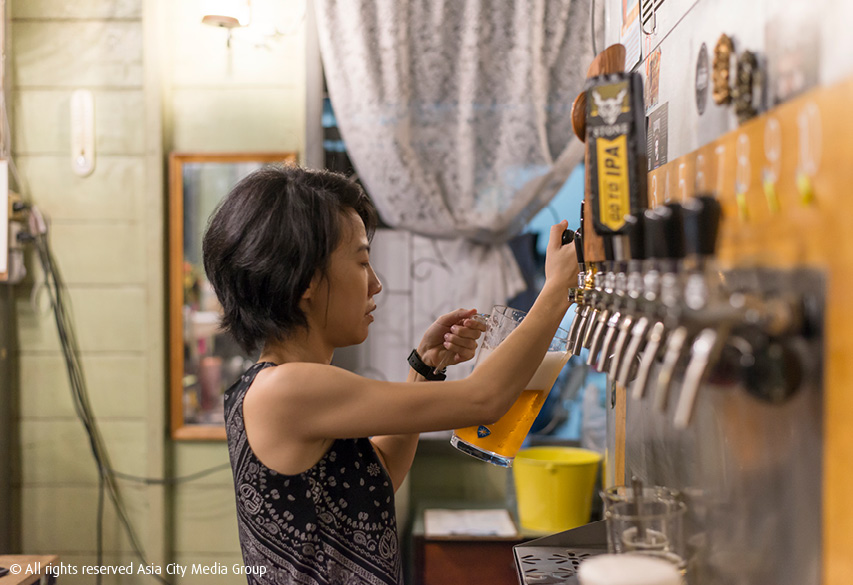
Watch our video of Dok Kaew Bar below:
Art space and museum
Since: 1977
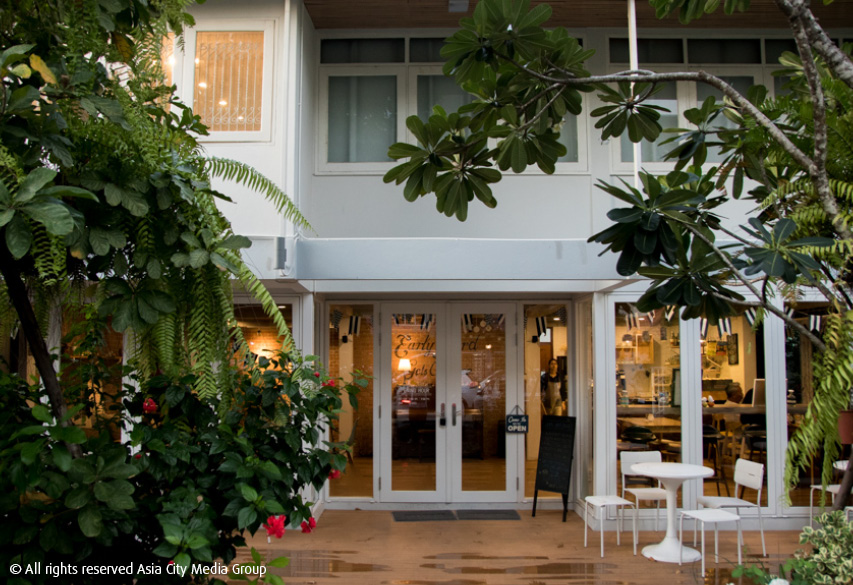
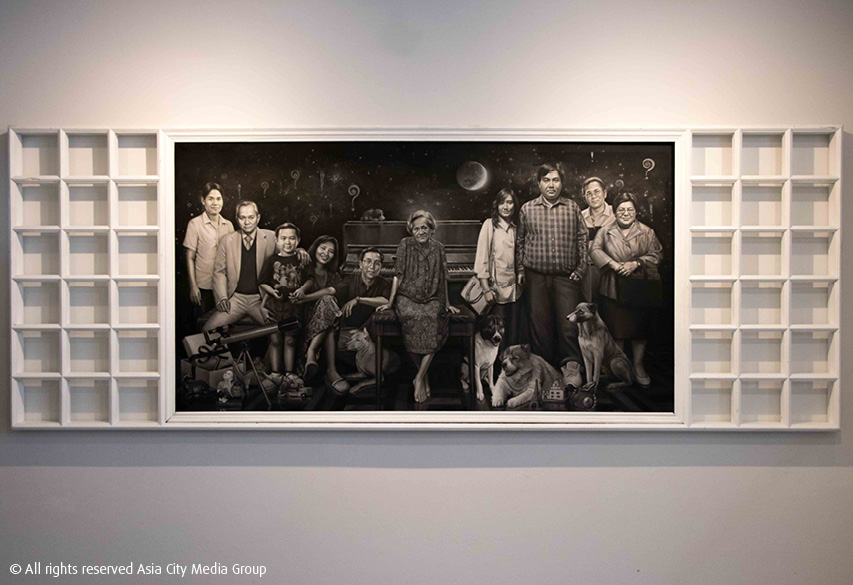
Often referred to as the father of Thai modern art, Montien Boonma passed away in 2000. Now his only son has transformed the artist's old home on the outskirts of Bangkok into a museum displaying his greatest and most challenging work, which tackled subjects of morality and death. Now called 408 Art Space, it comprises a museum called Montien
Atelier, a cafe and workshop space, all free to the public. Bank started the project one year ago on the prompting of his aunt and uncle. “There was a time when even I barely knew my father’s work. A lot of people would ask me about it and all I could say was, ‘Sorry, I don’t know,’” Bank explains. “It would have been a shame not to follow this path.”
Bank took the idea of opening a museum to Apisit Nongbua, a contemporary artist and former student of his father's, Somsuda Piamsumrit from Jim Thompson House, and Rirkrit Tiravanija from Gallery Ver, who all agreed to help.
Montien Atelier separates Montien’s work into three distinct time periods, the first of which charts his university days, including his studies in France, when he began using collage techniques and exploring topics of human morality. The second section focuses on Montien’s increased Western influences as he explored more abstract installations using natural materials like clay, hay and buffalo horns that reflect Thai culture. The final section deals overtly with life and death, prior to the passing of Montien’s wife in 1994 due to breast cancer. “He turned more and more to Buddhism to lessen the suffering in his heart, and that’s reflected in his later work,” says Bank. “Like the question marks, which can also be seen as human ears. He drew those for hours after my mother was diagnosed with cancer questioning what he had heard and trying to find some peace of mind.”
The museum also makes Montien’s personal notes and correspondences open to the public. “In dedicating this place for my father, I know that I could ask for an entry fee. However, I believe that art is for everyone,” Bank says.
408 Art Space and Montien Atelier, Ngamwongwan Soi 25, 081-714-3075. Open Wed-Sun 12pm-7pm. Admission is free
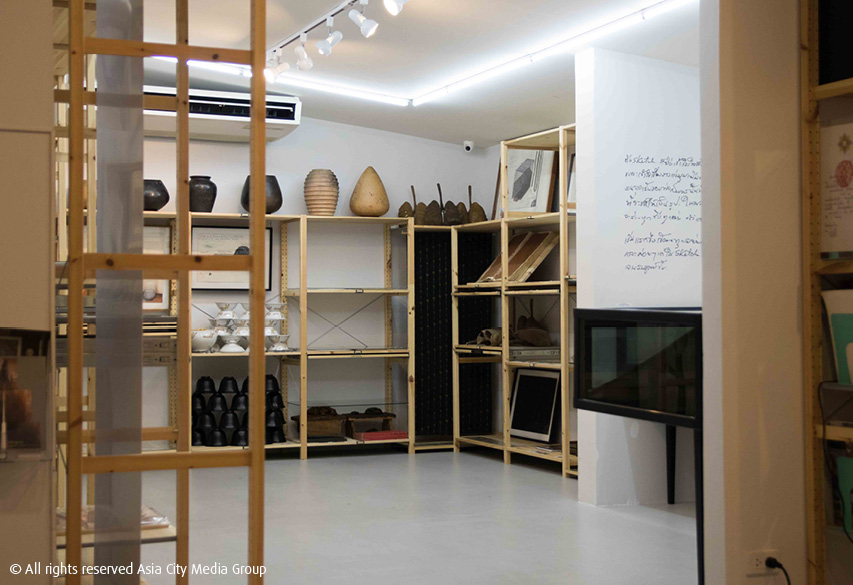
Watch our video of Montien Atelier below:
Since: 1967


Nestled near the BACC and the bustling Siam Square, right beside Sansab Canal, Yelo House transforms a 1967 publishing house into a two-story hub of art and design, featuring a gallery, co-working space, studio and cafe.
“We have enough malls. This warehouse wasn’t built 50 years ago to be a mall. Let’s just respect its design and celebrate what it is,” says one of the partners, Sallayawate “Liang” Prasertwittayakarn, who is also co-founder of the Atelier of Architects firm. The raw industrial space is evidence of this dedication to authenticity: everything belonging to the original structure is colored yellow, while anything black is a new addition.
For Liang, it’s a case of if it’s not broken, don’t fix it. “As an architect, I am amazed by the design of the building’s corrugated roof and the clerestory that enhances the natural lighting of the building. It’s the kind of quality you find with galleries in New York City,” he says.
Liang, it turns out, has been eyeing the building for over 20 years, having lived in the condominium opposite during his time studying at Chulalongkorn University. As a resident of the area, he developed another motive for obtaining the warehouse: improving access to the nearby Jim Thompson House. “Our land offers a shortcut between Jim Thompson House and Hua Chang Bridge Pier, but it’s been blocked off for decades,” he explains. “I would always get asked directions and I had to give these complicated instructions. Now that we’ve opened things up, it’s much easier.”
In fact, the partners of Yelo House say they are not so concerned with financial gain, but more with supporting local art and design. “This place is like a crossroads. It doesn’t need to be a destination. We want it to be a place to stop by as you pass through.”
With its name derived from its reputation in the neighborhood—“ that yellow warehouse on the canal bank”—Yelo House offers a middle-ground between the bustling inner-city and the quieter canal-side lifestyle. “It’s like another world, when it’s only five minutes from MBK shopping mall,” he says. “Also, Sansab doesn’t smell anymore. The quality of the water has been improved. We don’t want to lose this.”
Yelo House, 20/2 Kasemsan Kasern San Soi 1. Open Tue-Sun 11am-8pm
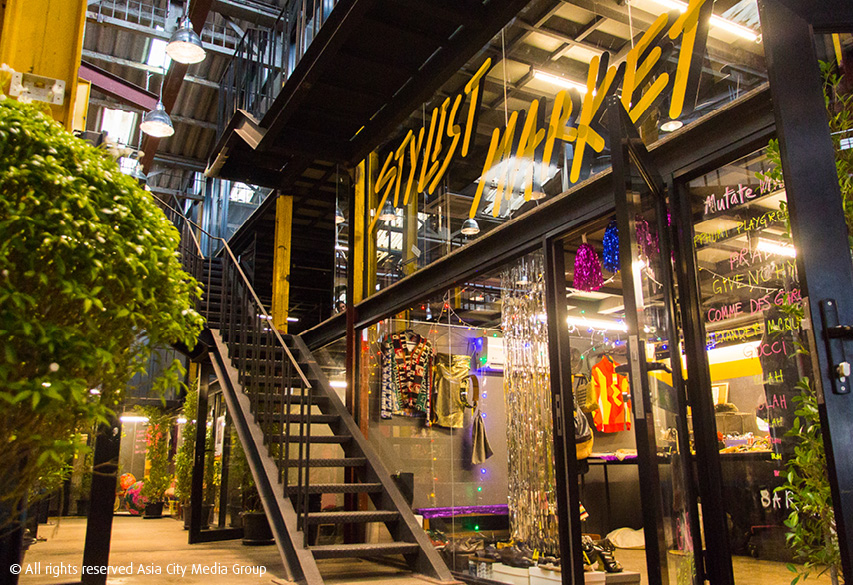

Watch our video of Yelo House below:
Advertisement